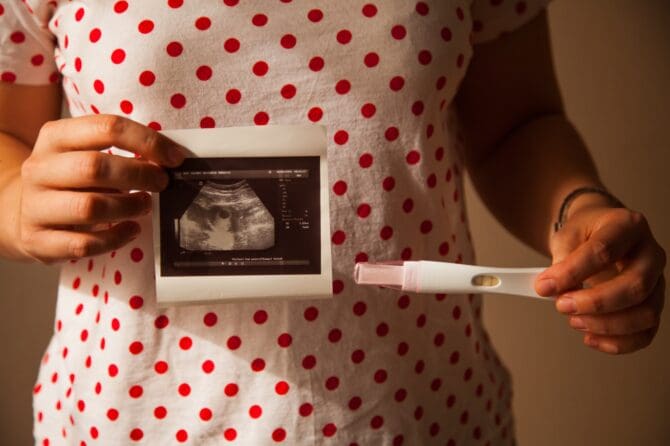A molar pregnancy is a rare condition that can cause severe complications when it is discovered and evacuated. The actual medical term for this condition is hydatidiform mole. This means that the pregnancy has not produced a fetus, and the bulk of the tissue in the uterus is an abnormal placenta. There are two types of molar pregnancies, and the most important point to remember about them is the importance of proper aftercare.
The first type is complete molar pregnancy. Complete molar pregnancy occurs when the product of conception is strictly the placenta, which has grown abnormally. There is no fetus. Symptoms that indicate there is a problem are rare, but may include nausea, vomiting, and spotting. This happens when a sperm fertilizes an empty egg; therefore, all that grows is the placenta.
The main complication that can happen after an evacuation for molar pregnancy is that if all of the tissue is not removed, it can begin to grow again. This tissue can also metastasize, or spread, like cancer to other areas of the body such as the lungs, brain, and vagina. The recommended action is to not attempt another pregnancy for at least twelve months following a molar pregnancy. If the molar begins to grow again, the pregnancy-related hormone hCG will start to rise. Your doctor will order chest x-rays and CAT scans to check for spread of the molar tissue.
The second type is partial molar pregnancy. A partial molar pregnancy happens when two sperm fertilize one egg. One fetus would grow with an abnormal placenta in this case. This fetus typically dies in utero and is not considered a viable pregnancy. The fetus has too many chromosomes to survive outside the uterus. Partial molar pregnancies do not pose the same danger as complete molar pregnancies. However, the follow-up care is similar; the HCG levels need to be monitored carefully along with physical examinations.
If you’ve had a molar pregnancy, you’re at greater risk of having another one. This can leave a woman feeling a sense of loss. Even though the result of conception wasn’t a baby, the anticipation of having a baby, along with parenting hopes and dreams, are gone. You would have to wait for another 12 months before trying to get pregnant again. Use that time to get help to deal with the loss, either through counseling or support groups.











